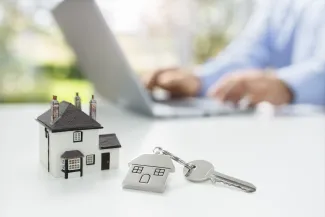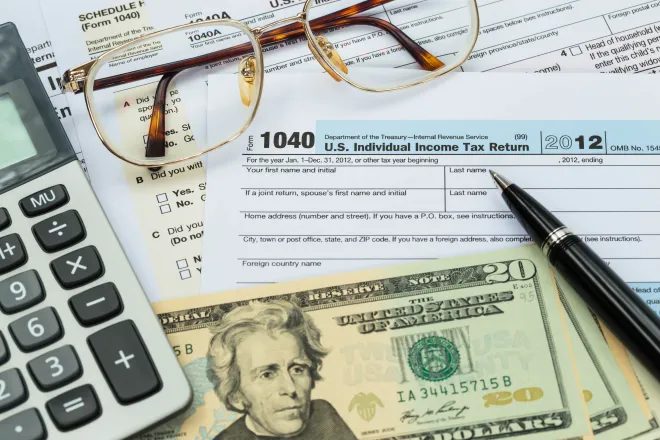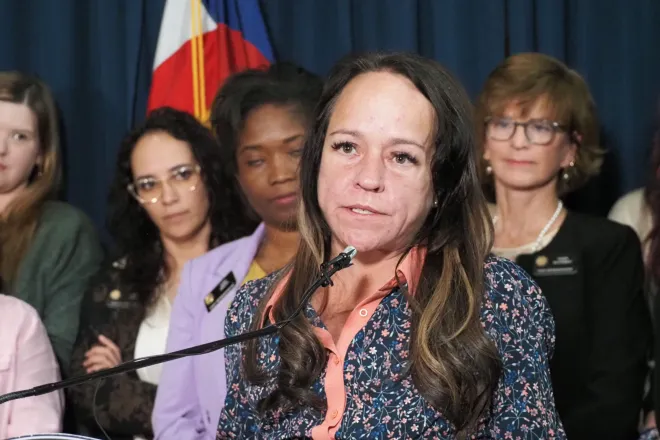
EarthTalk - What is ‘social housing’ and how is it a climate solution?
©
Dear EarthTalk:
What is “social housing” and how is it a climate solution?
H.N., Milwaukee, WI
A house of one’s own has always been a tenet of the American Dream. Social housing, i.e. government subsidized rental housing, gives many a stepping stone to fulfilling the dream, with manage able price tags and positive environmental impact. Within social housing are two subsets: Public housing is owned by state and local governments; community housing is managed and often owned by non-profit groups.

With the rising demand for housing, lower and middle-class citizens are paying larger rents and mortgages. Social housing’s four pillars target these issues directly. First, the buildings and land are primarily owned by the public, with some properties owned by non-profits. Second, since owners and investors have no profit motive, housing is permanently affordable and protected from market speculation. Third, the communities welcome members of varying socioeconomic classes, with individual rents adjusted for income. Fourth, the neighborhood is led by the residents—a microcosm of democracy.
An added incentive of social housing is its climate-friendliness. Though it may evoke images of rundown structures infested with rats and mold, social housing units, like those built by Seattle Social Housing Developer, by law must follow “passive house” standards, designed to be energy-efficient with balanced ventilation for air control, and high-performance windows with shading for radiation control. The result is 40-60 percent less energy consumed compared to a non-passive house construction. Social housing lowers carbon emissions in many ways. Most structures are built in or near urban areas, allowing residents to walk or take public transit. The proximity to workplaces, schools, stores and other amenities reduces car dependency and, therefore, carbon emissions. Studies show that doubling urban density reduces CO2 emissions from travel and residential energy usage by 48 and 35 percent respectively.
Social housing provides economic and environmental solutions, but trouble with funding and construction hinders progress. And in many cities, social housing is not viable due to zoning laws that forbid structures other than single-family detached homes in the majority of cities and suburbs. Though some organizations are pushing for new construction, Jenny Schuetz, a former Senior Fellow at Brookings Metro, reminds social housing activists that “high-quality subsidized housing needs a long-term commitment, not a brief flirtation.” Existing public housing has been deteriorating due to the lack of public funds for maintenance, so how do we know current undertakings will not end up in similar conditions?
The answer is not clear cut. However, you can do your part by staying informed on the housing crisis and
current lawmaker bills concerning real estate. Join initiatives to promote social housing and learn from
successful projects like those in Austria, Vienna or Sendero Verde, New York.
CONTACTS
- Green New Deal, 350seattle.org/project/green-new-deal-for-social-housing.
EarthTalk® is produced by Roddy Scheer & Doug Moss for the 501(c)3 nonprofit EarthTalk. See more athttps://emagazine.com. To donate, visit https://earthtalk.org. Send questions to: question@earthtalk.org.

















